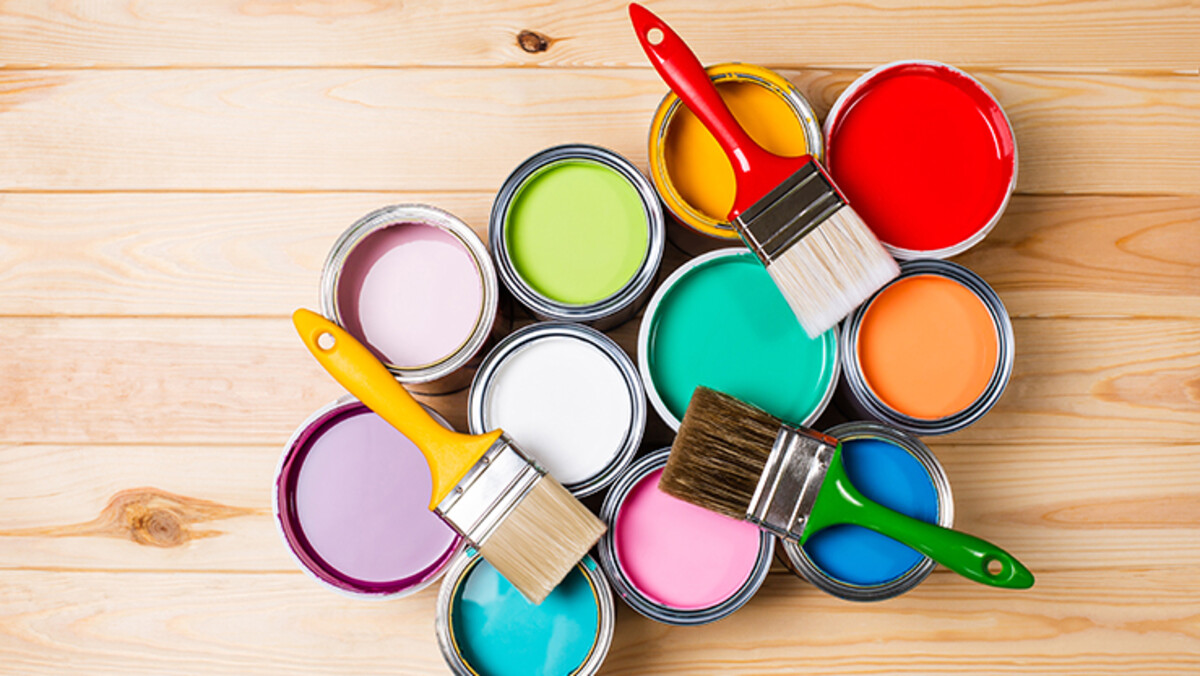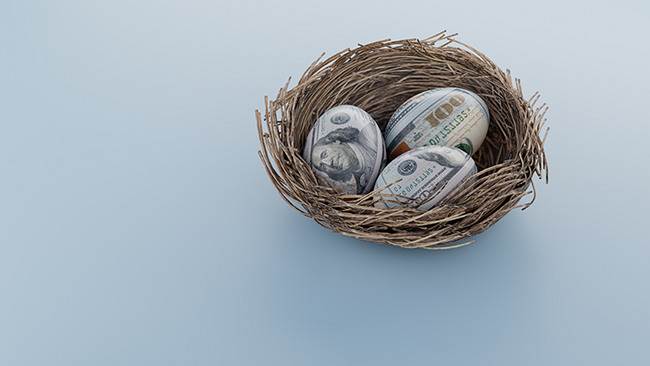2025’s smartest home trends: DIY or professional?
2025’s smartest home trends: DIY or professional?
The latest trends show homeowners embracing budget-friendly projects, and here’s when to roll up sleeves and when to bring in a pro
2025’s smartest home trends: DIY or professional?
The latest trends show homeowners embracing budget-friendly projects, and here’s when to roll up sleeves and when to bring in a pro


Listen
·Key takeaways
- DIY painting for one room costs approximately $200–$300, about $700 less than hiring a professional.
- 75% of Americans over 50 would like to age in place in their current homes and accessibility modifications can help.
- The labor for faucet replacements can cost as little as $60 for DIYers, but up to $364 for a pro.
As DIY content surges online, homeowners weigh the savings of self-led projects versus hiring professionals.
With home improvement season in full swing, many Americans are deciding whether to go DIY or call in the experts. From do-it-yourself painting and gardening projects to vintage-inspired decor and home theaters, homeowners want to boost their living spaces without breaking the bank.
Spending on home renovations is expected to reach $509 billion in 2025 as U.S. home owners focus on upgrades. Almost two-thirds of U.S. homeowners are budgeting at least $20,000 for home improvements this year. And in 2024, Americans spent an average of $6,453 on home improvements according to Empower Personal DashboardTM data.
Here’s a breakdown of where DIY can save real money — and where hiring a pro might be the smartest DIY decision of all.
Read more: Equity rich: How American homes built $30K-a-year in value
Painting: DIY-friendly savings
Painting remains one of the most budget-friendly DIY upgrades. A DIY paint project for an average-sized room runs about $200–$300 for supplies, compared to about $700 more for professional services, or $2 to $6 per square foot.1 However, savings depend heavily on complexity. For intricate woodwork, tall ceilings, or spaces like kitchens and bathrooms that require precision and durability, professional expertise can typically pay off.
Financial tip: Simple bedrooms and hallways are prime candidates for DIY. You can reserve professionals for detailed and high-traffic areas.
Kitchen cabinets: Quality matters
Refinishing or painting cabinets can offer substantial savings, but careful preparation is crucial. DIYers can spend $100–$500 on materials for an average-size kitchen, while hiring professionals ranges from about $2,000 to $4,500.2 Costs vary based on the number and size of existing cabinets.
Financial tip: DIY projects can cut thousands from renovation costs — but for high-value spaces like kitchens, professional finishing can offer superior durability and long-term value.
Read more: Growth in America’s home building expands career options
Tiling projects: Precision pays
Tiling a backsplash or floor costs an average of $3 to $15 per square foot for glazed tiles, $3 to $40 per square foot for porcelain tiles, and $3 to $35 per square foot for unglazed tiles.3 The labor costs of hiring a professional range from $4 to $32 per square foot. Backsplashes are on the high end, at an average of $25 to $32 per square foot, while floors range from $4 to $10 per square foot. Intricate tile designs are more expensive than basic layouts.
Financial tip: Straightforward layouts are DIY-friendly; professional skills can offer long-term value for complicated patterns or uneven surfaces.
Floating shelves: Know the limits
Vintage-inspired floating shelves and small decor updates offer cost-effective upgrades at $50–$100 in materials with another $125 to $400 for labor.4 However, structural missteps like improper anchoring can lead to costly repairs or replacements.
Financial tip: Lightweight shelves or minor decor updates are excellent DIY projects. Heavy-duty installations or significant structural changes warrant professional expertise.
Aging-in-place renovations: Prioritize professionalism
American’s population is aging, and by 2034, there will be more people over 65 than under 18 for the first time in history. An AARP study found that 75% of adults currently age 50 or older would like to stay in their homes as they age. One of the ways to do that is to adapt a home for aging in place. The national average is $3,000 to $15,000 for updates. Adapting a home can range from easy DIY-friendly tasks like changing cabinet hardware and doorknobs to larger projects such as widening doorways for wheelchairs, adding non-slip tile, installing grab bars, or adding accessibility features to the kitchen.
Financial tip: Prioritize professional help for structural or safety-focused aging-in-place upgrades. Expert installations can ensure compliance, durability, and potential resale value.
Kitchen faucets: DIY-friendly retrofit
Replacing a kitchen faucet is a straightforward DIY upgrade with clear financial benefits. Professional installation costs typically range from $162 to $364,5 while DIYers spend an average of $60 for necessary tools, plus the cost of the faucet itself.
Financial tip: To save money when hiring a pro, choose a faucet model that fits into the existing sink holes.
Get financially happy
Put your money to work for life and play
1 Architectural Digest, “Do You Actually Know How Much it Costs to Paint a House?” June 19, 2025.
2 Angi, “How Much Does It Cost to Refinish Cabinets in Your Home? [2025 Data],” Feb. 10, 2025.
3 This Old House, “Cost To Install Ceramic Tiles (2025 Guide),” June 11, 2025.
4 Home Depot, “Shelf Mounting,” Accessed July 2025.
5 Angi, “How Much Does It Cost to Install a Kitchen Faucet? [2025 Data],” June 2, 2025.
RO4658740-0725
The content contained in this blog post is intended for general informational purposes only and is not meant to constitute legal, tax, accounting or investment advice. You should consult a qualified legal or tax professional regarding your specific situation. No part of this blog, nor the links contained therein is a solicitation or offer to sell securities. Compensation for freelance contributions not to exceed $1,250. Third-party data is obtained from sources believed to be reliable; however, Empower cannot guarantee the accuracy, timeliness, completeness or fitness of this data for any particular purpose. Third-party links are provided solely as a convenience and do not imply an affiliation, endorsement or approval by Empower of the contents on such third-party websites. This article is based on current events, research, and developments at the time of publication, which may change over time.
Certain sections of this blog may contain forward-looking statements that are based on our reasonable expectations, estimates, projections and assumptions. Past performance is not a guarantee of future return, nor is it indicative of future performance. Investing involves risk. The value of your investment will fluctuate and you may lose money.
Certified Financial Planner Board of Standards Inc. (CFP Board) owns the certification marks CFP®, CERTIFIED FINANCIAL PLANNER™, CFP® (with plaque design), and CFP® (with flame design) in the U.S., which it authorizes use of by individuals who successfully complete CFP Board's initial and ongoing certification requirements.





